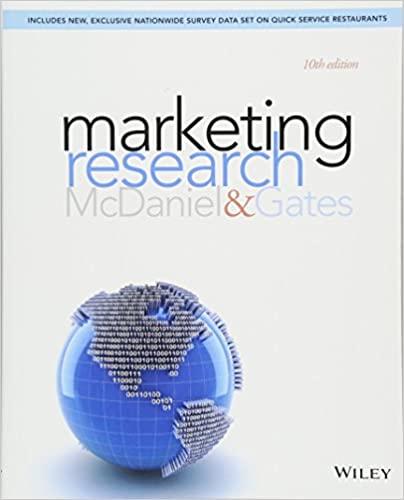Address-Based Sampling (ABS) offers potential benefits in comparison to a strictly telephone-based method of contact. Landlines offer
Question:
Address-Based Sampling (ABS) offers potential benefits in comparison to a strictly telephone-based method of contact. Landlines offer access to only about 75 percent of U.S. households, and contacting people via wireless devices can be a complicated process. Market research firm Survey Sampling International (SSI), however, has found that using an ABS approach can almost completely fill that access gap.
SSI combines a telephone database with a mailing list—entries with a telephone number are contacted normally, while entries possessing only the address are sent a survey in the mail. Using the U.S. Postal Service’s (USPS) Delivery Sequence File (DSF) combined with other commercial databases offering more complete information on individual households, SSI has been able to achieve coverage of 95 percent of postal households and 85 percent of those addresses matched to a name. Between 55 and 65 percent are matched to a telephone number, and demographic data can be accessed as well when creating a sample.
The trend toward mobile is making telephone surveys more difficult. Twenty percent of U.S. households have no landline. This is especially true of people in their 20s. ABS, however, still offers access to households that use a cell phone as the primary or only mode of communication, but it also provides greater geodemographic information and selection options than would an approach based strictly on a wireless database.
While ABS does face certain challenges—mail surveys are generally more expensive and multimode designs can lead to variable response rates—there are methods that can be used to compensate. Selection criteria can be modified to maximize the delivery efficiency of mailers. Appended telephone numbers can be screened as well to improve accuracy and response rates. On the whole, ABS helps research achieve a more complete sample with greater response rates and also allows respondents an option of exercising their preferred response channel.
Questions
1. Can you think of any demographic segments that might still be difficult to reach via ABS?
2. What are some ways researchers could use to mitigate the increased costs of mail surveys?
Step by Step Answer:






